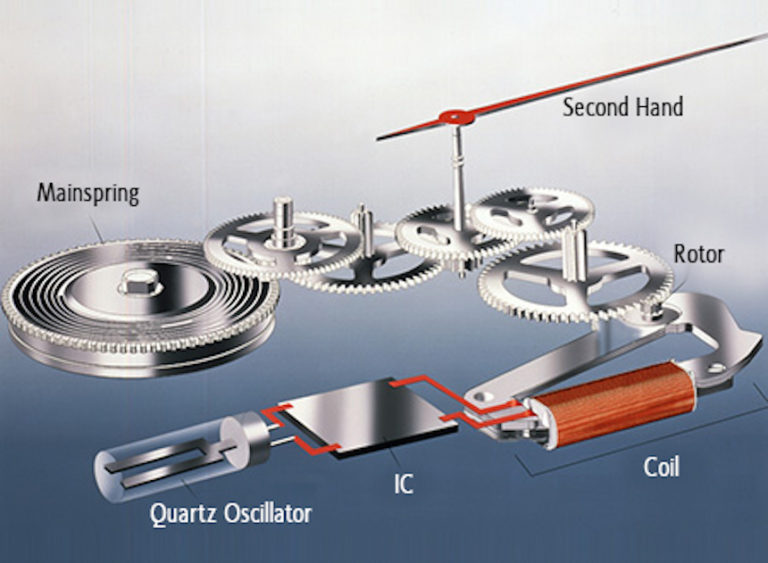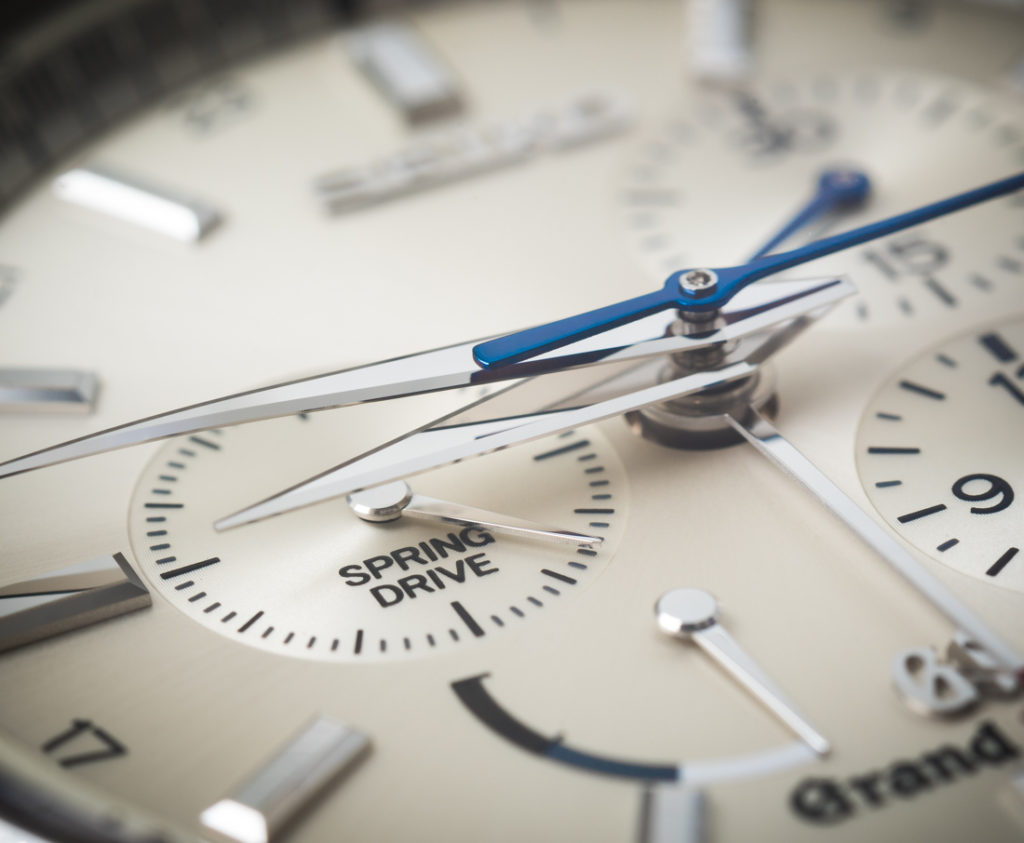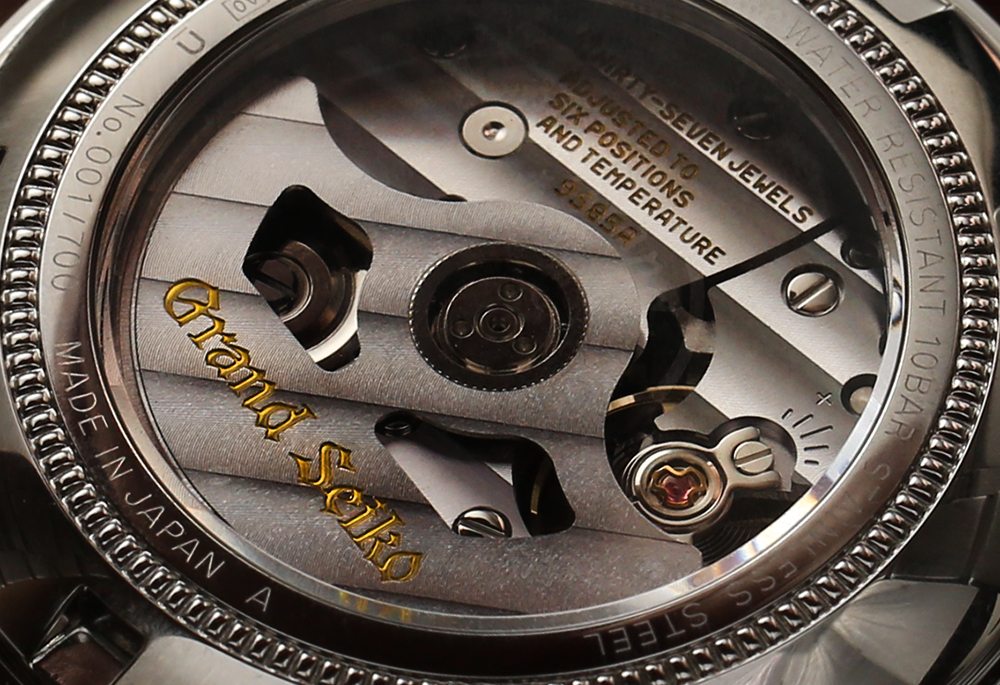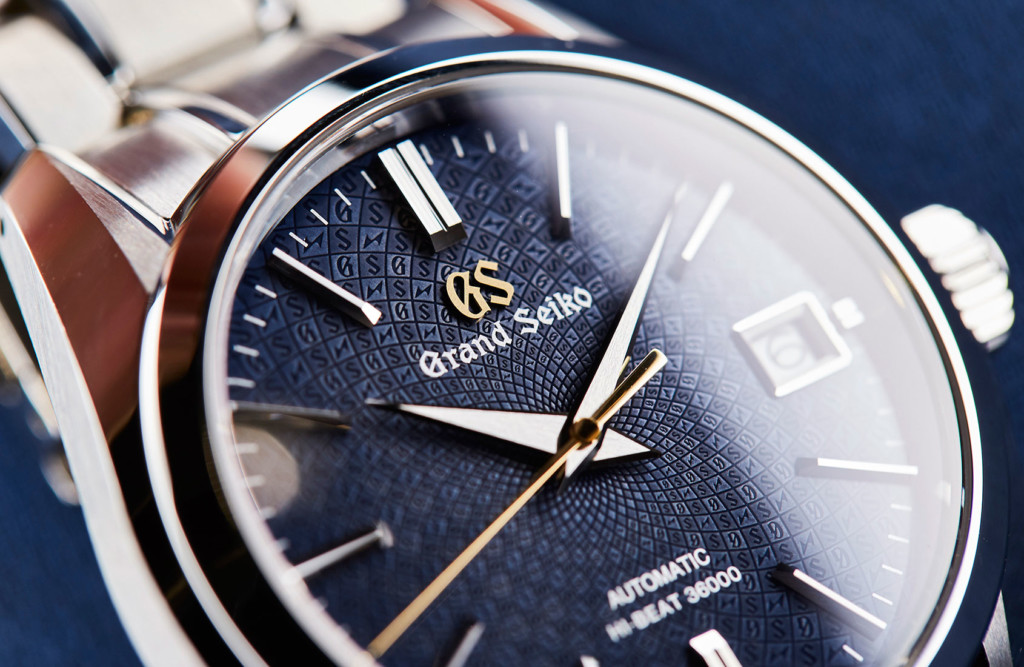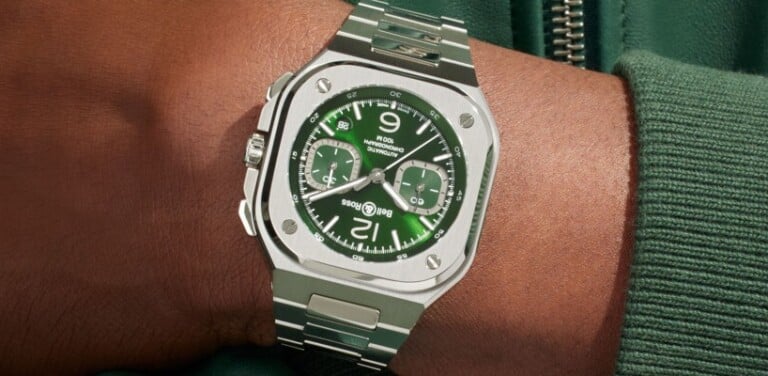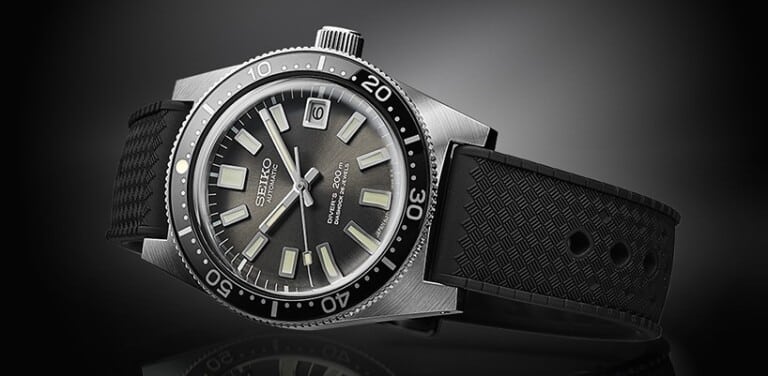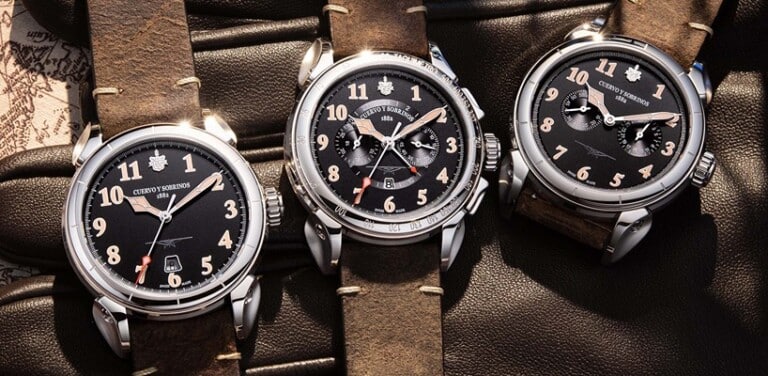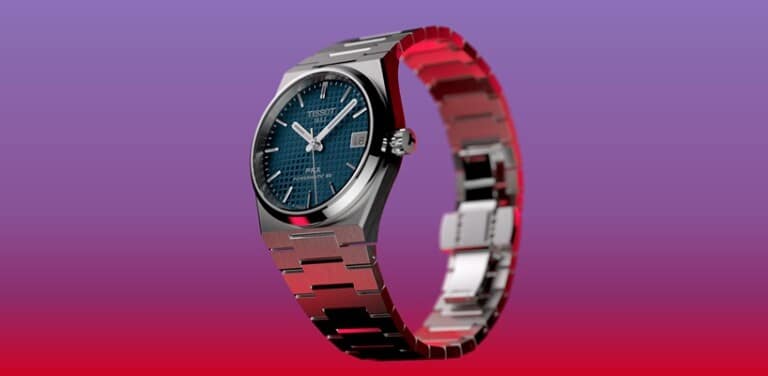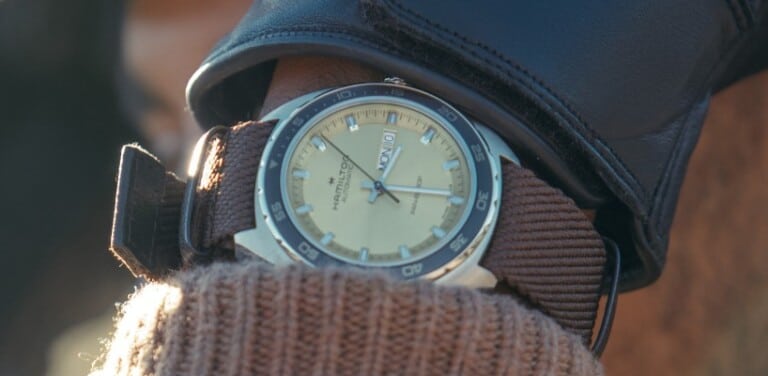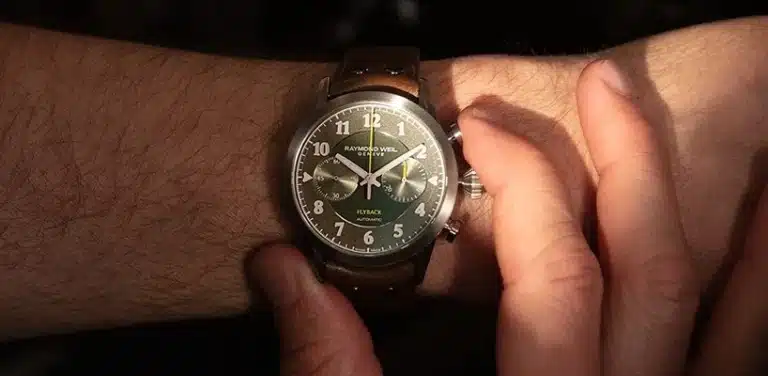There are few watch movements as legendary as Seiko’s Spring Drive and Hi Beat movements, but what exactly makes these two in-house calibres so extraordinary and how exactly are they different? Today we will be exploring how each of these remarkable Seiko movements work and exploring which some of the differences between the watch’s they power.
How does the Seiko Spring Drive movement work?
On its release in 1999, the Seiko Spring Drive movement became one of the most ingenious and effective watch calibres to be created. Its innovation comes from the creative way it combines the accuracy of a quartz movement with the beauty and intricacy of a mechanical movement. In simple terms, the Seiko Spring Drive is almost entirely mechanical except for the escapement which has been replaced with a piece of technology called the tri-synchro regulator, an invention entirely designed and created by Seiko engineers.
In a standard mechanical watch, the escapement acts as a brake between the components and the collisions between them is the ticking sound that you can hear. However, because of the friction caused between the balance wheel and other components, the parts can be susceptible to wear and tear. To remove this problem, Seiko created the Spring Drive mechanism which puts a brake on the wheel without any need for collisions to occur between components. Due to the lack of friction, this also means that Spring Drive watches are almost completely silent, and the seconds hand doesn’t ‘tick’ around the dial but instead runs perfectly smooth.
If you’d like learn even more about the Seiko Spring Drive movement and how it works, we have done an in depth feature on the calibre here.
How does the Seiko Hi Beat movement work?
Where the Seiko Spring Drive focuses on the friction between components to improve its accuracy and reliability, the Seiko Hi Beat movement concentrates on a watch’s frequency. The frequency of a watch is used to describe the speed at which it ticks and is often measured by the number of semi-oscillations the balance spring makes in the period of one hour. Most luxury watches have a frequency between 21,600 – 28,800 vibrations per hour, including the majority of COSC certified watches.
However, Seiko Hi Beat watches do even better and boast a frequency of an impressive 36,000 vibrations per hour. This higher frequency means that the watch will deliver a higher rate of accuracy, with Seiko Hi Beat watches promising an accuracy of +8 to -1 seconds per day. The key component to their invention is what they call the Micro Electro Mechanical Systems (MEMS) which is used in the production of its escapements. The escapement is a self-contained device that takes its power from the force of a mainspring, and its speed is regulated at the same pace the spring unwinds. The escapement comprises of a balance wheel, hairspring, escapement wheel and pallet fork which all work together to oscillate at the set frequency.
In order to ensure each component works perfectly together and to assure a higher frequency and higher rate of accuracy, Seiko use Micro Electro Mechanical Systems technology. For example, the escape wheel is manufactured using MEMS technology to make it 5% lighter than others of its kind. This means that less power is needed to turn them, and the power reserve lasts longer. It also ensures greater lubrication retention so that even at higher rotation speeds, the durability of the escapement is ensured.
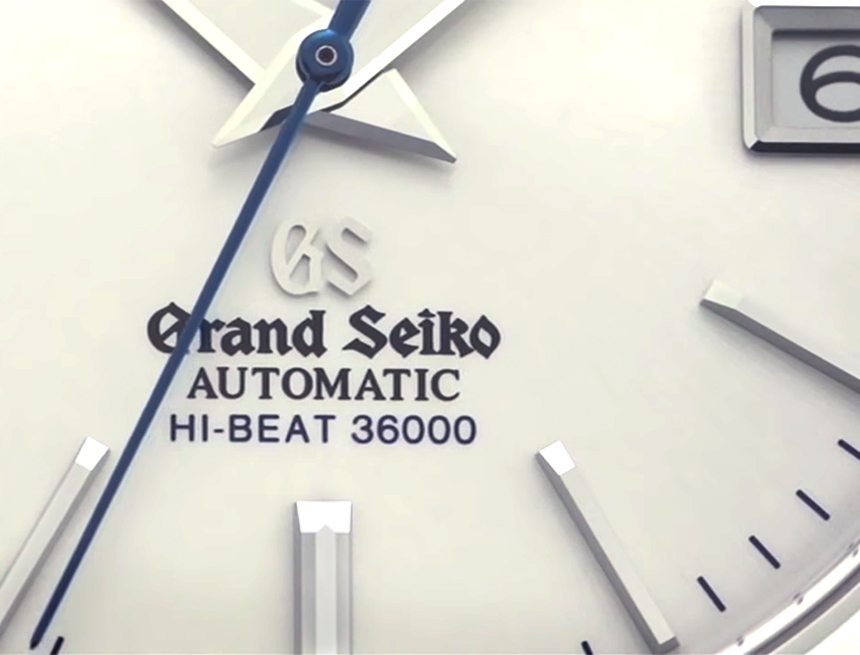
What are the key differences between the Spring Drive and Hi Beat movement?
Both the Grand Seiko Spring Drive and Hi Beat movements provide fantastic precision, reliability and power reserves, and in a way, it seems unfair to compare them at all when both offer such remarkable performance. It is also impossible for us to pick a favourite out of the two, and for those looking to decide on a preference, we hope the comparison above helps make your decision.
With that being said, the Grand Seiko Spring Drive has the upper hand when it comes to their power reserves, often around the 72 hour mark compared to Hi Beat movements averaging at 55 hours. The Spring Drive calibre 9R01 completely exceeds both averages with its astonishing 192 hours of power reserve. To complicate things further, Spring Drive and Hi Beat watches showcase their own unique aesthetics all based on the movements inside.
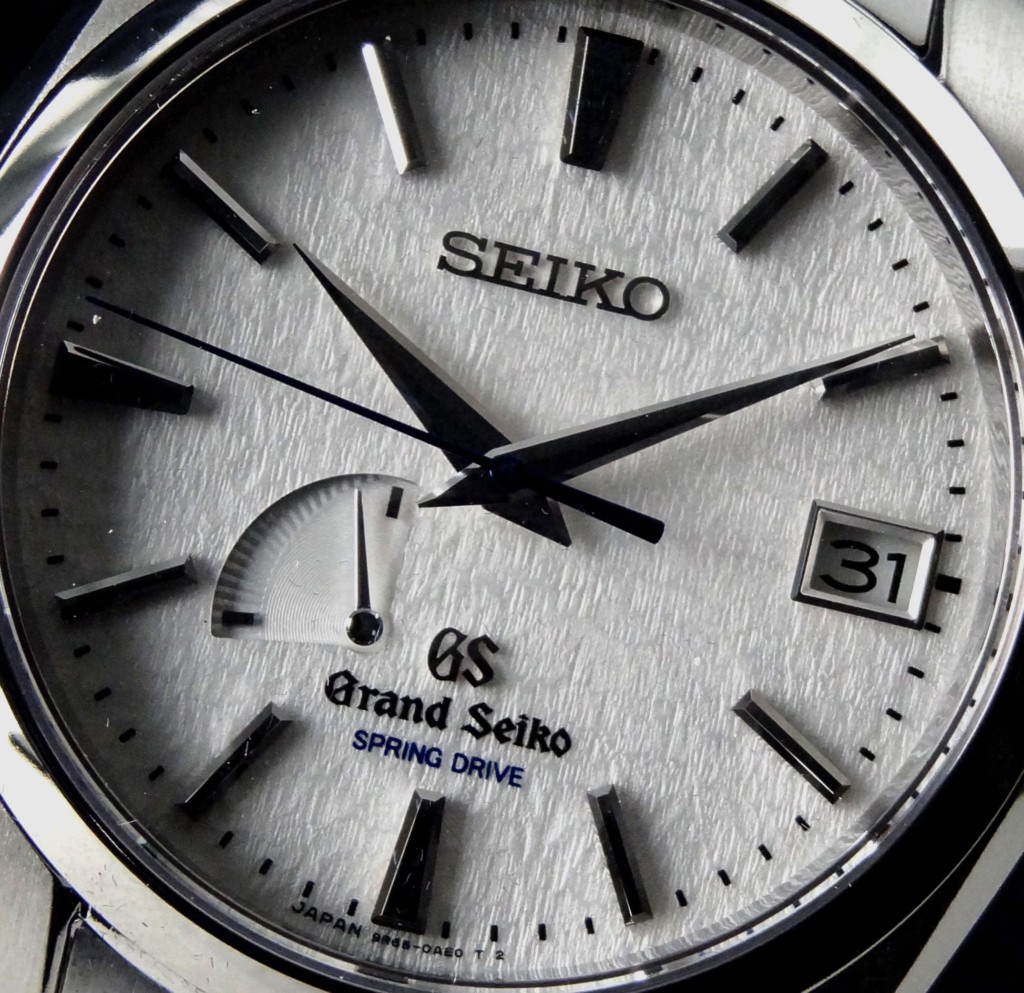
As expected, the dial of each variation is detailed with the name of the movement at 6 o’clock. But then some of Grand Seiko’s most legendary dial designs like the Snowflake are currently only available with the Spring Drive movement while many Hi Beat models offer the unique stamped ‘GS’ finish. Other differences can be found in the markers and hands, with the Hi Beat watches using straight and narrow markers while the Spring Drive are softer with bevelled edges. These differences are subtle to the eye but can be profound to the wearer.
Truth be told, you really can’t go wrong with any Grand Seiko watch, especially one that houses a Spring Drive or Hi Beat movement. There are fewer calibres in the entire industry that offer better performance, precision, reliability and power reserves, so at the end of the day, you are picking between two of the best. For more information about the Grand Seiko Spring Drive and Hi Beat collections, get in touch with the team on 01335 453453 or at help@jurawatches.co.uk.
